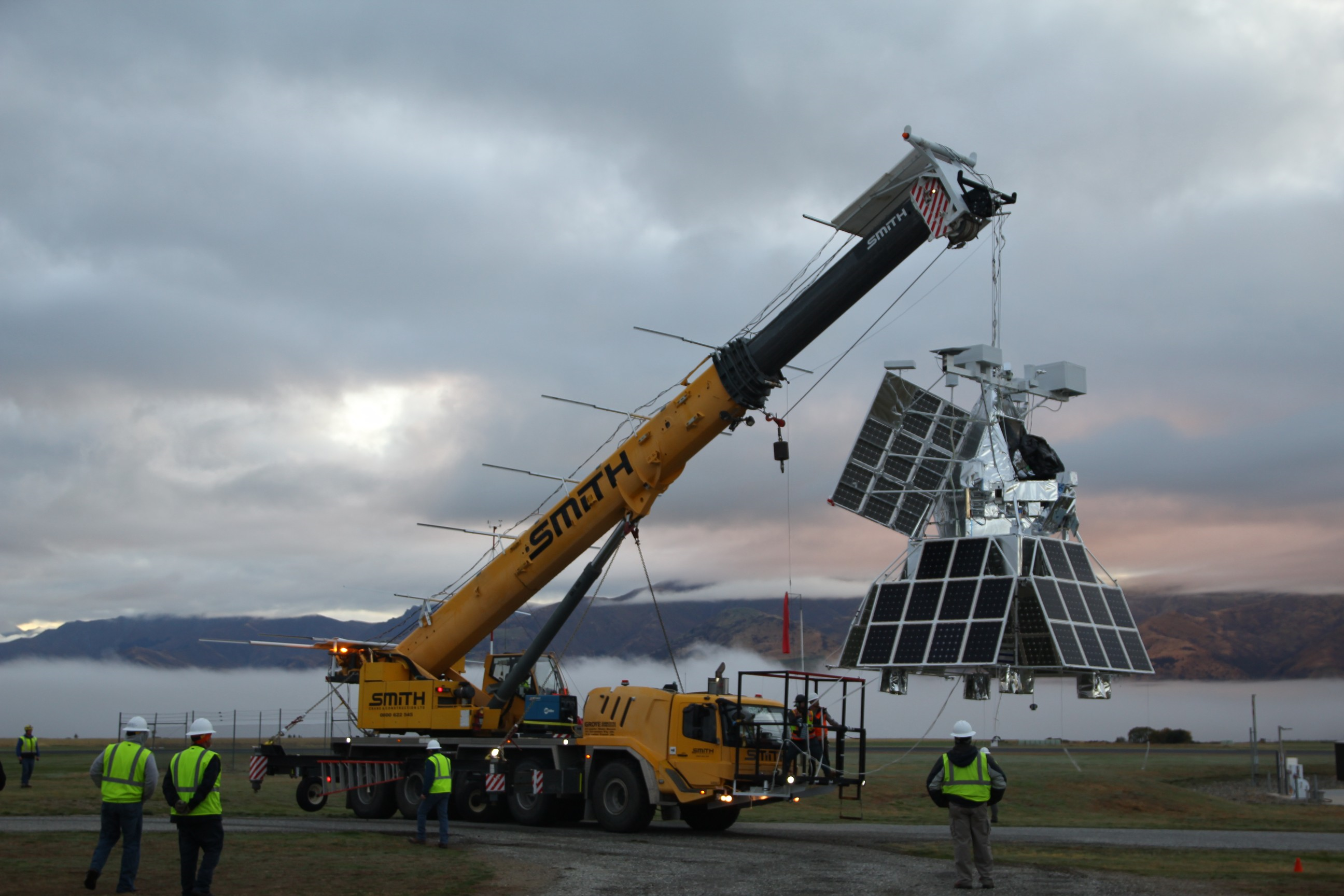About me
I grew up in Newfoundland and Labrador on the east coast of Canada and received my BEng from the Memorial University of Newfoundland and Labrador. I then went on to obtain an MEng and MASc from the University of Toronto Institute for Aerospace Studies. I was awarded my PhD from Princeton University in Nov, 2023 which focused on correcting quasi-static wavefront error drifts in telescopes. As part of my work, I have launched and operated balloon-borne astronomical telescopes from bases in Canada, USA, New Zealand, and Antarctica. When I am not in the lab, I can be found rock climbing and skiing.
My research focuses on the two questions of “how did we get here?” and “are we alone?” via cluster weak lensing and directly imaging exoplanets. These approaches require very different instruments but are both sensitive to the wavefront errors introduced by quasi-static variations in the optical surfaces. I develop hardware and software solutions to correct for slow changes in telescope optics to enable the study of dark matter and exoplanets. I work on the optical system characterization for the Super-pressure Balloon-borne Imaging Telescope (SuperBIT) which includes analysis of the 39 days of data acquired during the 2023 science flight. I also work on developing and implementing novel focal plane wavefront estimation and control algorithms for exoplanet direct imaging adaptive optics systems as part of the Exoplanet Technology Laboratory at Caltech and the High Contrast Imaging Testbed team at JPL. Directly imaging exoplanets allows for characterization of the planets atmosphere which can help determine if the planet would be habitable. This work is critical for the upcoming Habitable Worlds Observatory recommended by NASA’s Astro2020 decadal survey which aims to image and characterize 25 Earth-like exoplanets.
What i'm doing
-
High-contrast imaging
-
Wide-field Imaging
-
Microwave polarimetry












